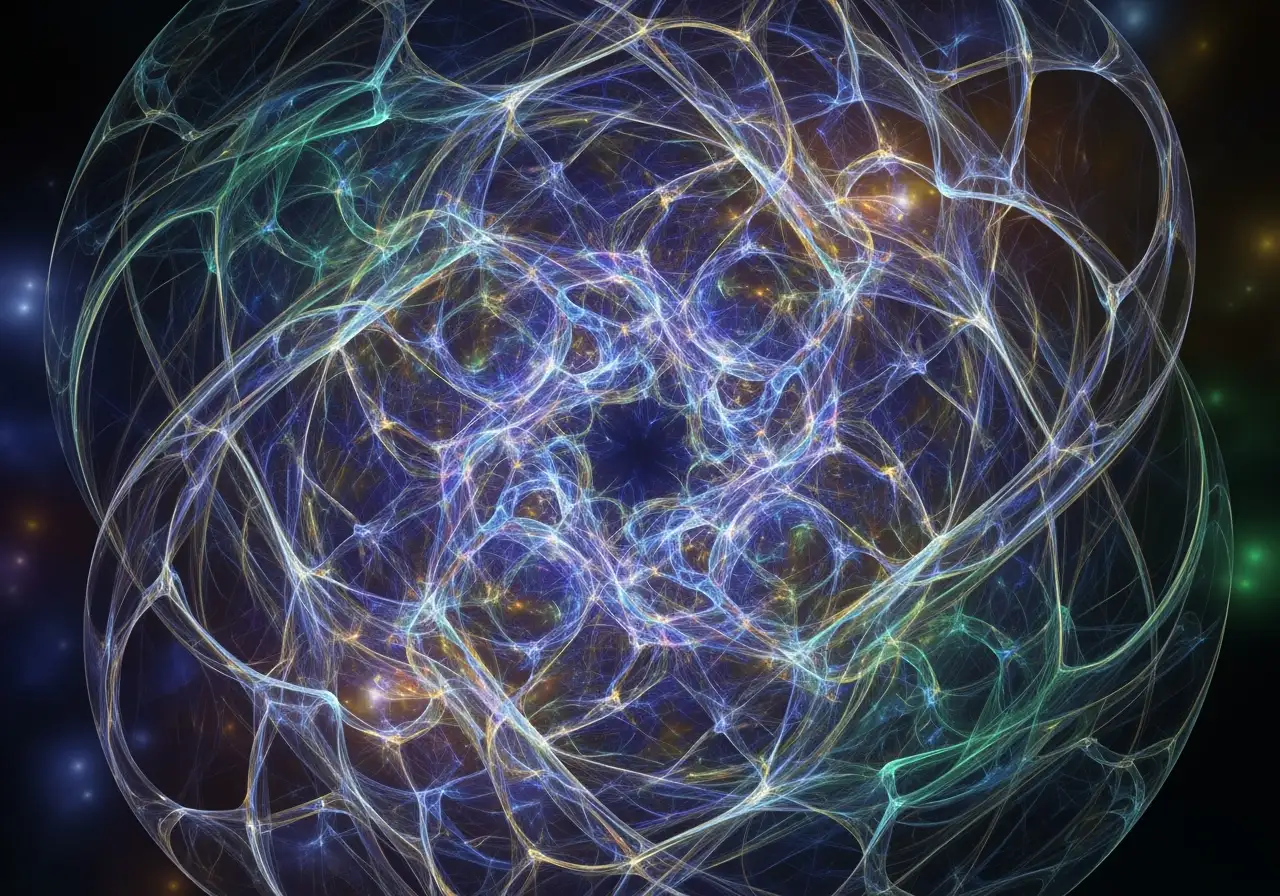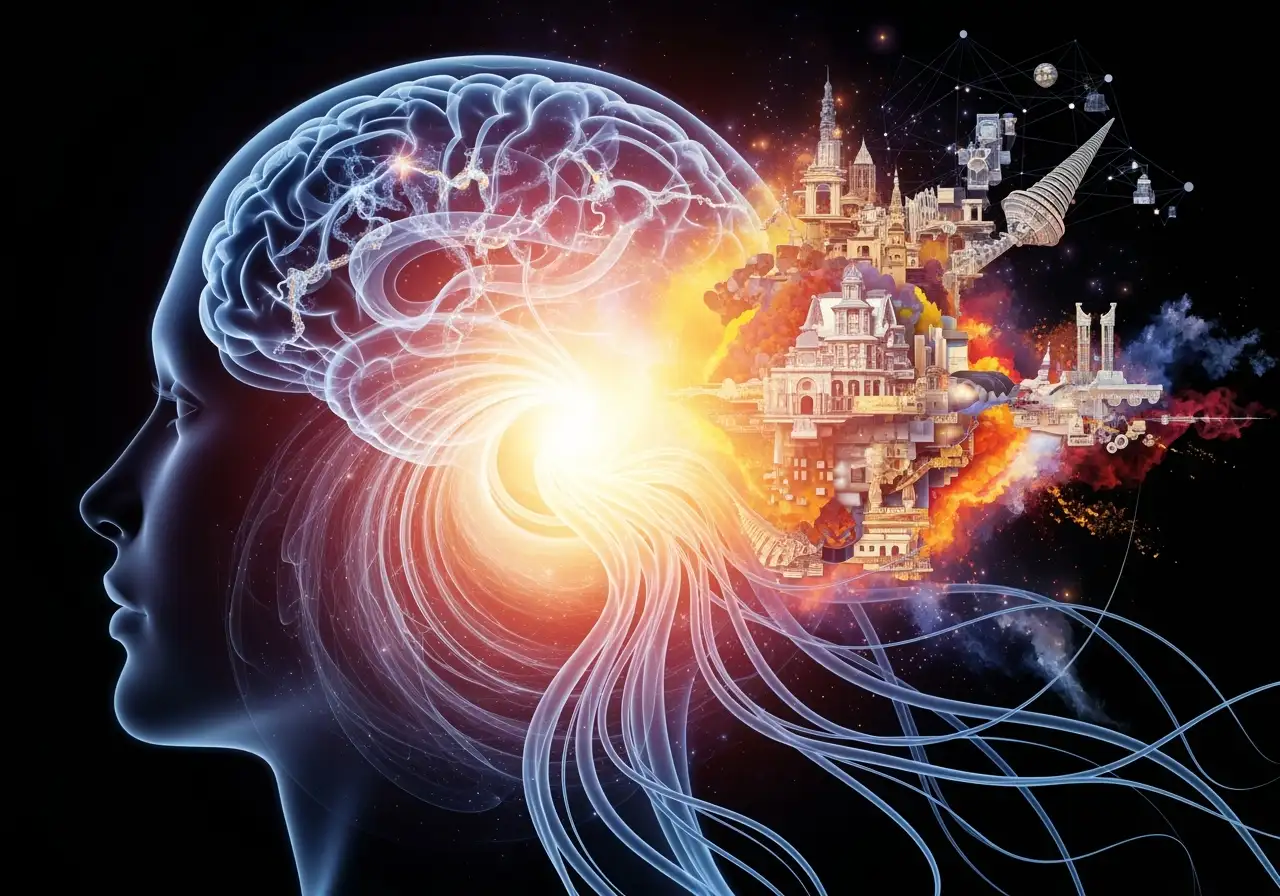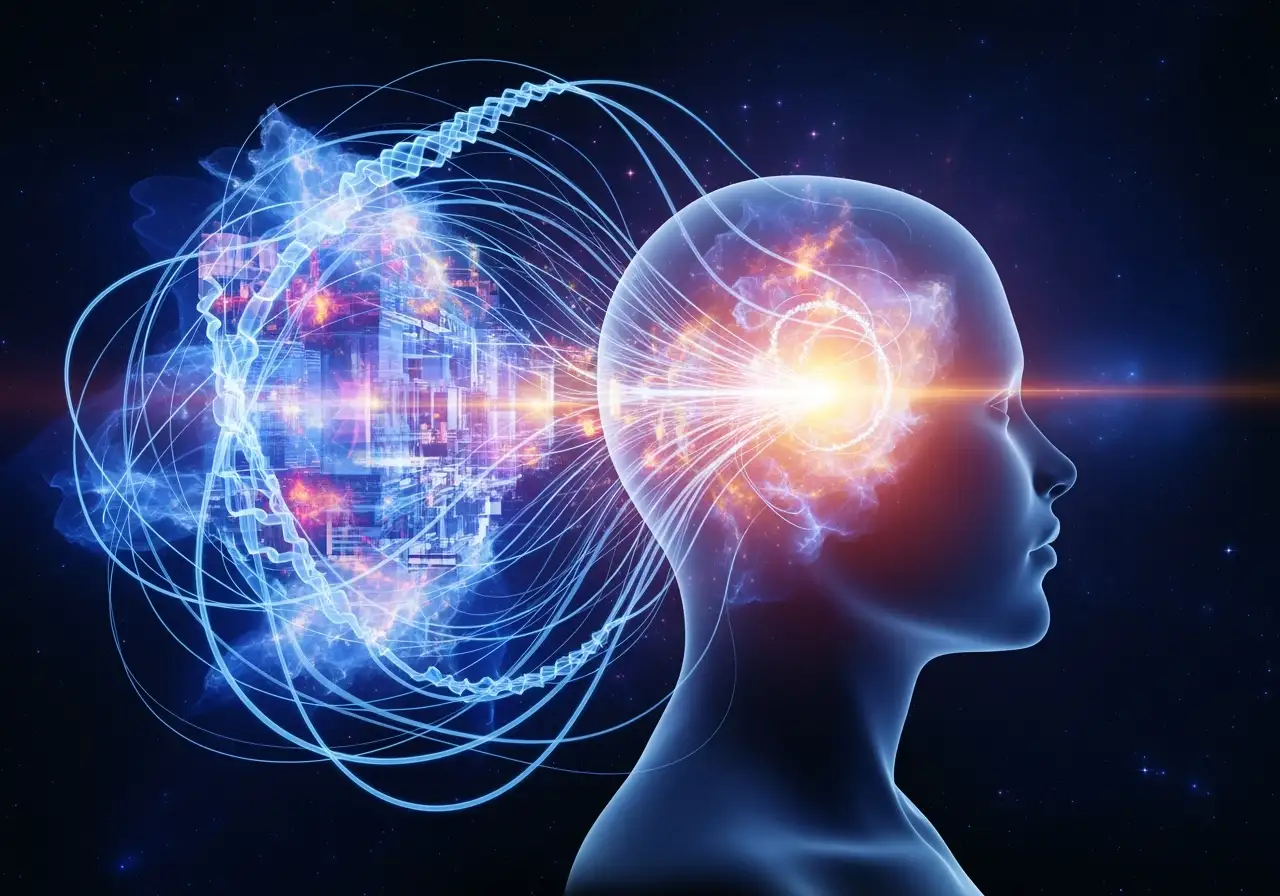The Mind’s Quantum Leap: Co-Creating Your Reality
The Mind’s Quantum Leap: Co-Creating Your Reality
Have you ever gazed at a vibrant sunset, felt a profound sense of awe, and wondered where that feeling truly comes from? Is the beauty solely “out there,” or is something incredible happening within you? For Dr. Lena Petrova, a brilliant cognitive scientist, this was a lingering question that transformed her understanding of perception, mindfulness, and the very nature of reality.
Dr. Petrova, like many of us, found solace and connection in nature. She admired the intricate patterns of leaves, the way light dappled through trees, and the overwhelming beauty of a sunset. Yet, she noticed that while powerful, this awe often felt fleeting, an external sensation that washed over her and then receded. She sought a deeper, more integrated understanding of how her intellectual knowledge of the brain connected with her direct, emotional experience.
Her breakthrough came when she stopped merely observing nature and started observing how her mind observed nature. Instead of just seeing a sunset, she began to deconstruct the experience. She noticed the raw wavelengths of light hitting her eyes, then recognized how her brain immediately interpreted those wavelengths into vivid “red” and “orange.” She observed how her mind automatically found familiar patterns in the clouds, shaping them into imagined figures. Finally, she realized that the profound feeling of awe was not just a passive reception of external beauty, but a masterpiece her own mind was co-creating.
This isn’t to say the sunset isn’t real, or that nature isn’t beautiful. It’s a profound insight into the active, constructive role your mind plays in shaping your entire experience of reality. Modern cognitive science reveals that our perception is not a simple, passive recording of the world, like a camera. Instead, our brains are constantly interpreting, filtering, pattern-finding, and adding layers of meaning and emotion to raw sensory data. The reality you experience is a dynamic interplay between what’s “out there” and the incredible machinery of your consciousness “in here.” This is the essence of the Active Constitutive Force View, a cornerstone of the Quantum Mindfulness framework, which posits that consciousness is not merely a receiver but an active participant in the generation of experienced reality.
The Quantum Mindfulness framework takes this understanding to a deeper level, proposing that our mental states initially exist in a Probabilistic Field, much like potential energy. Within this field, countless Mental Quanta, representing different thoughts, feelings, and interpretations, coexist in a state of Cognitive Superposition. The act of observation, particularly Conscious Attention, serves as the primary catalyst for Psychodynamic Collapse. This is the moment when these multiple potentials resolve into a singular, definite, and consciously Actualized Experience. Imagine that sunset: before you truly focus on it, it exists as a myriad of light patterns and potential interpretations. Your focused attention then causes a psychodynamic collapse, solidifying a specific, coherent experience of awe and beauty.
At the heart of this co-creative process lies the mind’s sophisticated architecture, particularly what Quantum Mindfulness terms the Prime Modality. This foundational cognitive-executive triad, comprised of the Psycho-Volitional Dimension (Pd1), the Psycho-Conceptive Dimension (Pd2), and the Psycho-Meditative Dimension (Pd3), acts as the scaffolding of consciousness itself. The Psycho-Volitional Dimension, the absolute genesis of cognitive activity, embodies pure potentiality and primal will. It possesses an “annihilative” property, allowing it to actively dissolve perceived limitations and initiate intentional action. This is the wellspring of your capacity for choice and self-determination. Building on this, the Psycho-Conceptive Dimension facilitates intuitive insight and the generation of nascent concepts, while the Psycho-Meditative Dimension brings structured understanding, organizing these insights into coherent thought. Together, these dimensions actively shape how raw sensory data is perceived and interpreted, transforming external phenomena into your unique inner reality.
This profound understanding fundamentally redefines the practice of mindfulness. While Classical Mindfulness often emphasizes a passive recipient view, encouraging non-reactive observation and the cultivation of witness consciousness, the Quantum Mindfulness Application takes a more dynamic approach. It trains you to move beyond merely observing your thoughts and feelings to actively engaging with the underlying processes that bring them into being. This is the core of the Observer-Participant Theory: you are not just a detached observer of your inner world, but an active participant in its construction.
By developing this Structural Awareness, you gain immense Cognitive Agency. You learn to discern the intricate contributions of each psychodynamic dimension within a seemingly monolithic feeling, allowing for more precise intervention





